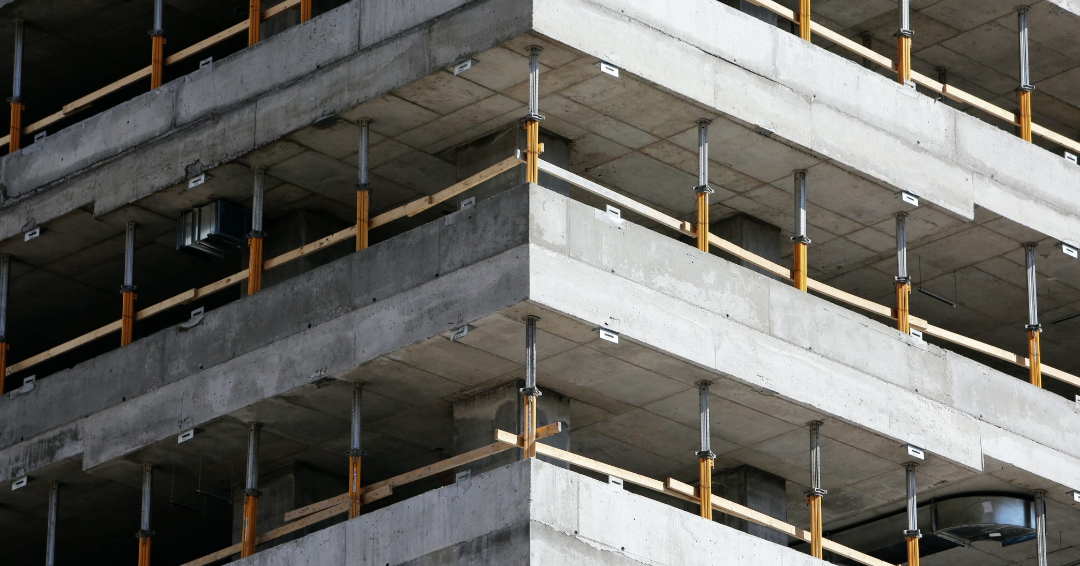The work of structural engineers is essential for ensuring the safety and stability of the built environment. They play a critical role in creating structures that can withstand the test of time and provide functional spaces for communities and individuals.
As technology and understanding of materials and design principles evolve, structural engineering continues to advance, incorporating innovative solutions and sustainable practices to meet the challenges of the modern world. While this means that structural engineers need to consistently remain up to date with emerging technologies, the core principles remain the same.
Here, we’ll discuss the primary considerations in structural engineering.
Safety
It goes without saying that safety is paramount when it comes to protecting individuals using and accessing buildings.
While this may sound like a simple consideration, the National Audit Office has reported that 38% of schools in England are beyond their estimated design lifespan.
Structural engineers must ensure that the structure can withstand its intended loads without failure, collapse, or compromising human safety.
Material selection
Choosing appropriate building materials is critical for the structural integrity and durability of any project.
Factors such as strength, stiffness, corrosion resistance, and cost should be considered when selecting materials, as these are key elements that have the greatest impact on a project.
Sustainability
With climate change showing no signs of slowing down, the world is being forced to consider how we can all make eco-friendly choices with structural engineers being no exception.
Structural engineers implement sustainable practices with the aim of minimising the environmental impact of a structure throughout its life cycle.[ac1]
This is why collaboration between geo-environmental engineering , civil engineering and structural Engineering is so important to us here a PWA. Geo-Environmental engineering is concerned with the environment and those that live within it. It facilitates management of hazardous waste including where necessary transportation and disposal, water treatment, renewable energy infrastructure and flood prevention, among other elements.
One such example of such collaboration in design was our work at Bridgehouse Mills in West Yorkshire, which incorporated sustainability into its overall structure.
Structural analysis
Structural engineers use mathematical models and computer simulations to analyse the behaviour of the structure under different loads.
This analysis helps identify potential weaknesses or areas of concern that need to be addressed in the design of a structure.
When working on The Climbing Lab at Kirkstall Leeds, our structural engineering department were responsible for the structural design, utilising structural analysis to do so.
Load-bearing capacity
Structures must be designed to support the expected permanent actions (permanent weights, like the building itself and fixed elements) and variable actions (temporary loads like occupants, furniture, and equipment).
Structural engineers must also consider other loads like wind loads, snow loads, seismic forces, etc., depending on the location and purpose of the structure.
Summary
Overall, there are many crucial facets to consider within structural engineering. From safety concerns to sustainability, material choices, and load-bearing capacity, it’s a complex arrangement. No two projects are the same, and at PWA Group we have seen it all. With a dedicated team of highly experienced structural engineers, there is little we can’t handle.
Our structural team at PWA Group always puts you first, we care deeply about your wants and needs in creating your end vision. If you’d like to find out more about our structural engineering services, get in touch with the team today via 01535 633350 or email us at info@pwaite.co.uk.

